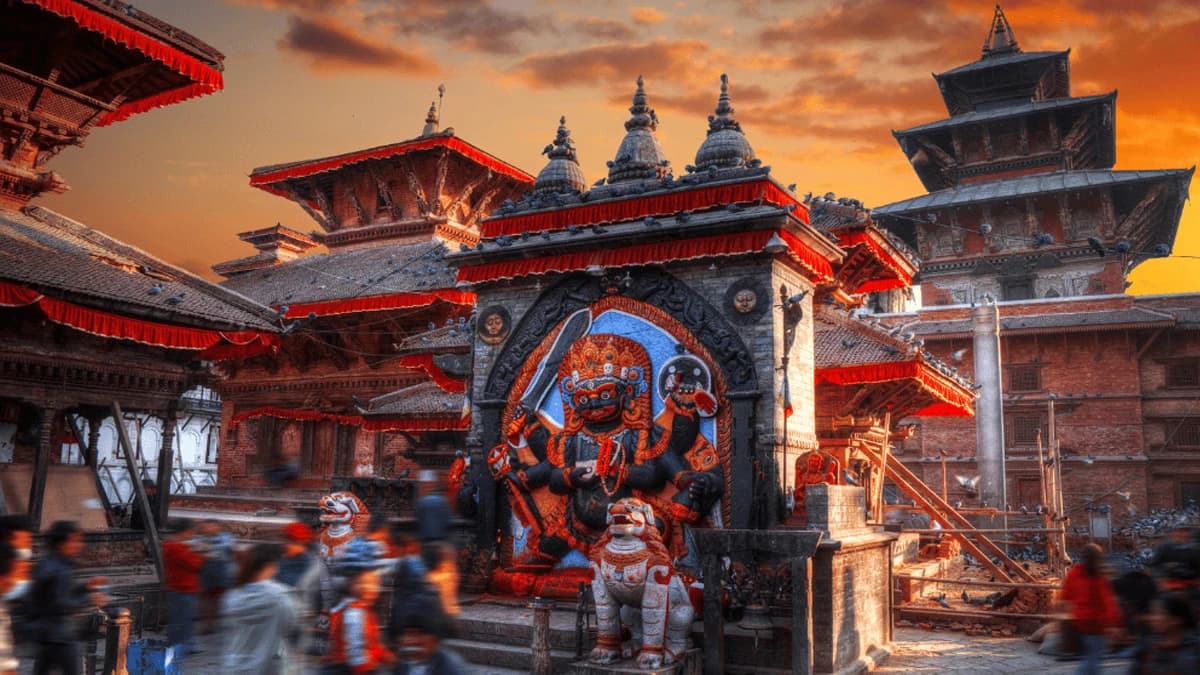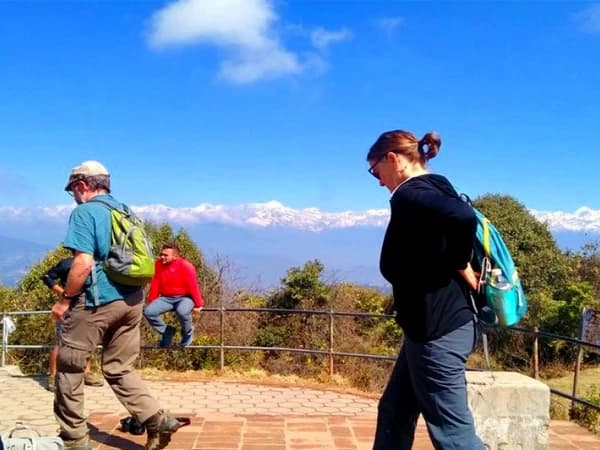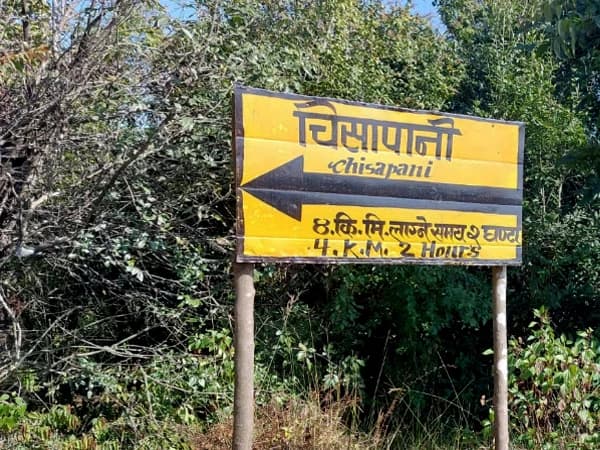The Kathmandu Durbar Square and Swaymbhunath Tour is a highly sought-after half-day excursion in the Kathmandu Valley. The Kathmandu Durbar Square serves as an ancient palace museum, showcasing various attractions such as the palace itself, Kumari Ghar, statues of deities, and numerous temples. Following this, visitors will proceed to Swayambhunath, situated atop a hill 75 meters above ground level. This iconic site features Buddha statues, stupas, and a panoramic view of the Kathmandu Valley. Those who visit later in the day will be treated to a stunning sunset view from this picturesque hill.
Highlights of the Kathmandu Durbar and Swaymbhu Stupa Tour
- Discover Kathmandu Durbar Square accompanied by a knowledgeable local guide.
- Visit key landmarks including Kumari Ghar, Kastamandap, the museum, the palace, and various temples.
- Stroll through the vibrant local market adjacent to Kathmandu Durbar Square.
- Take a drive to Swayambhunath Stupa, also known as the Monkey Temple.
- Hike for approximately 10 minutes to reach the summit.
- Explore the various monument sites, featuring the main stupa, Buddha statues, and temples.
- Enjoy breathtaking panoramic views of the Kathmandu Valley, with the possibility of seeing snow-capped peaks on clear days.
- Appreciate the rich ancient art and architecture present in the area.
- Gain insights into the significance of both UNESCO World Heritage sites.
- Immerse yourself in the cultural and historical context of this remarkable region.
Located in the bustling city of Kathmandu in Basantapur, Kathmandu Durbar Square, also known as Hanuman Dhoka Square and Basantapur Durbar Square, is a magnificent example of ancient Malla craftsmanship. Surrounded by numerous Hindu and Buddhist temples, including Taleju Bhawani, this complex dates back to the 15th to 18th centuries and showcases pagoda-style structures with intricately carved exteriors, as well as a rich history. The origins of the alternative names for Kathmandu Durbar Square are fascinating. In 1672 A.D., King Pratap Malla placed a statue of Hanuman at the entrance of the royal palace, giving rise to the name "Hanuman Dhoka Durbar." Additionally, when King Prithvi Narayan Shah constructed the palace residence in 1770 A.D., it was referred to as Basantapur Palace, eventually leading to the entire complex being known as Basantapur Durbar Square. The Durbar complex is divided into two courtyards, with the outer courtyard housing Kasthamandap, Kumari Ghar, Jagannath Temple, Big Bell, and Shiva-Parvati Temple, while the inner section includes Hanuman Dhoka and the main palace. This site is recognized as a UNESCO World Heritage Site and is a significant tourist attraction in the Kathmandu Valley.
Perched atop a small hillock in the northwest of the Kathmandu Valley, Swayambhunath Stupa, also known as the "Monkey Temple," stands as one of the most sacred Buddhist stupas in Nepal. This location offers a stunning view of the Kathmandu cityscape. The name Swayambhu translates to "self-existent one," with the belief that the stupa emerged from a lotus flower that grew in the center of a lake, which once covered the very spot where the Kathmandu Valley now lies. According to legend, the prominence of the Kathmandu Valley began with the spontaneous appearance of Swayambhu when the valley was formed out of a primordial lake 2,000 years ago. This ancient stupa, constructed by King Manadeva, dates back to 460 A.D., as indicated by an inscription. The Swayambhunath Stupa complex houses the largest statue of Sakyamuni Buddha, a temple dedicated to Manjusri, chaityas, prayer wheels, statues and shrines of both Buddhist and Hindu deities, a massive gold-plated Vajra 'thunderbolt,' and the Dewa Dharma Monastery.






